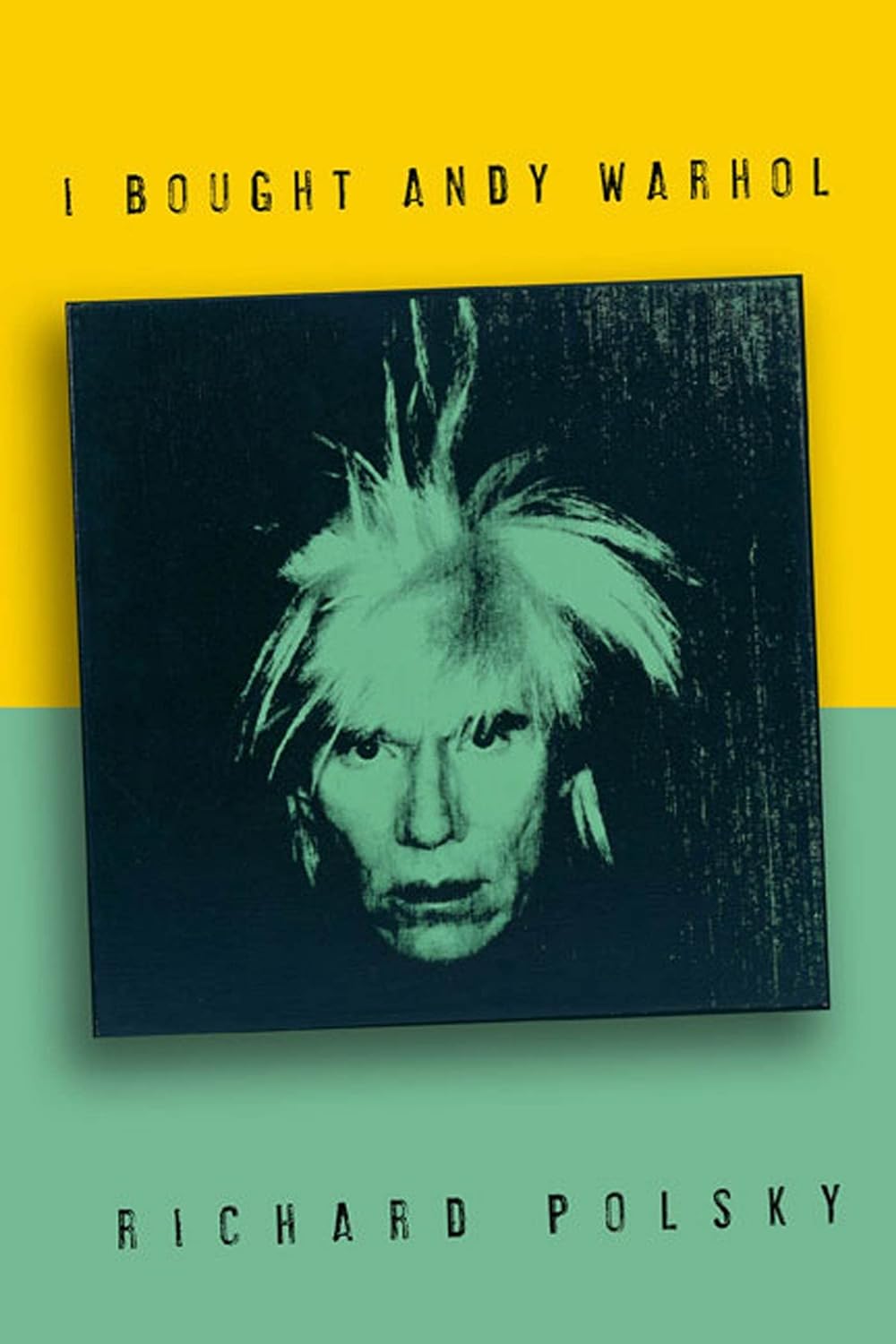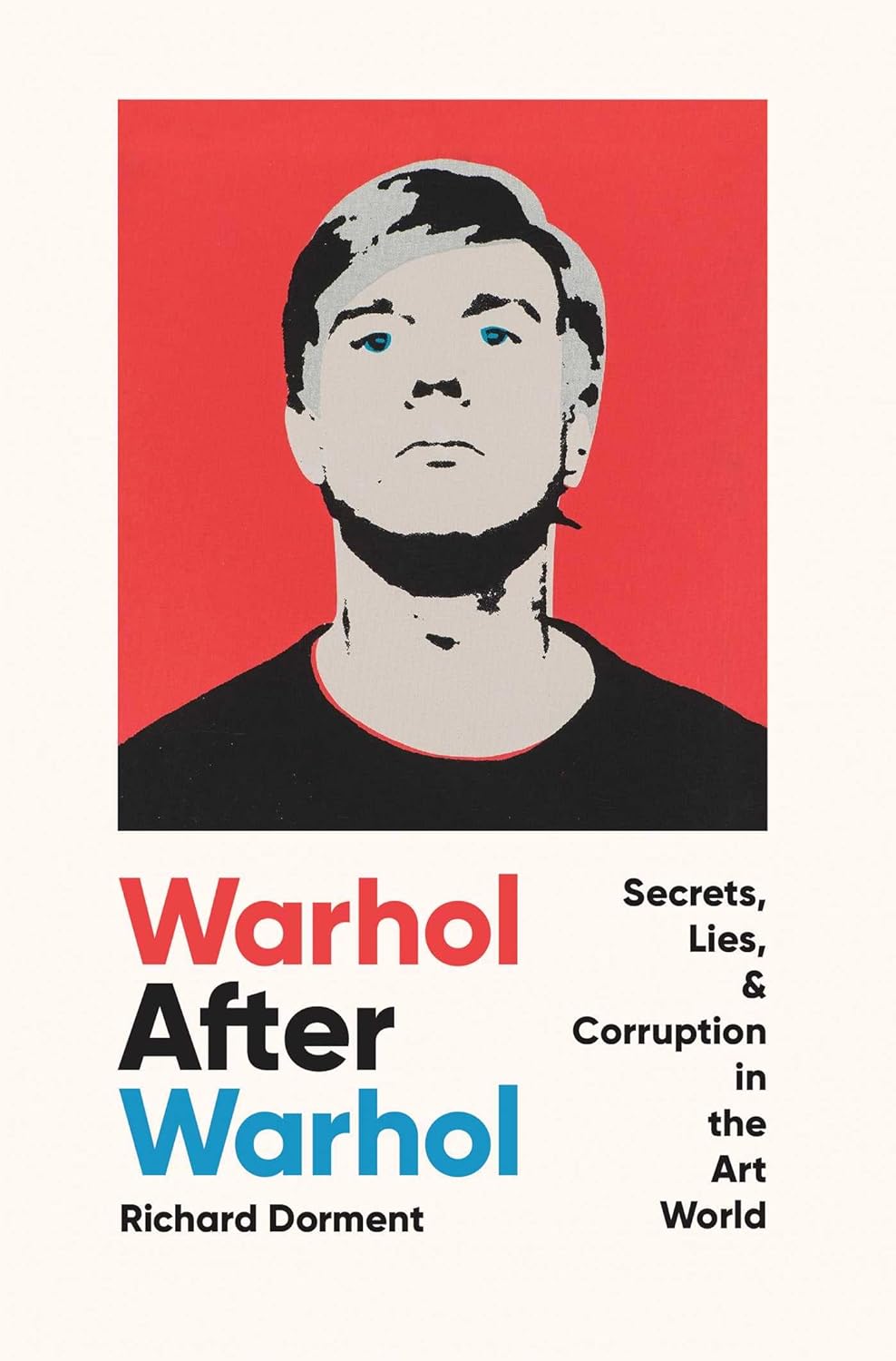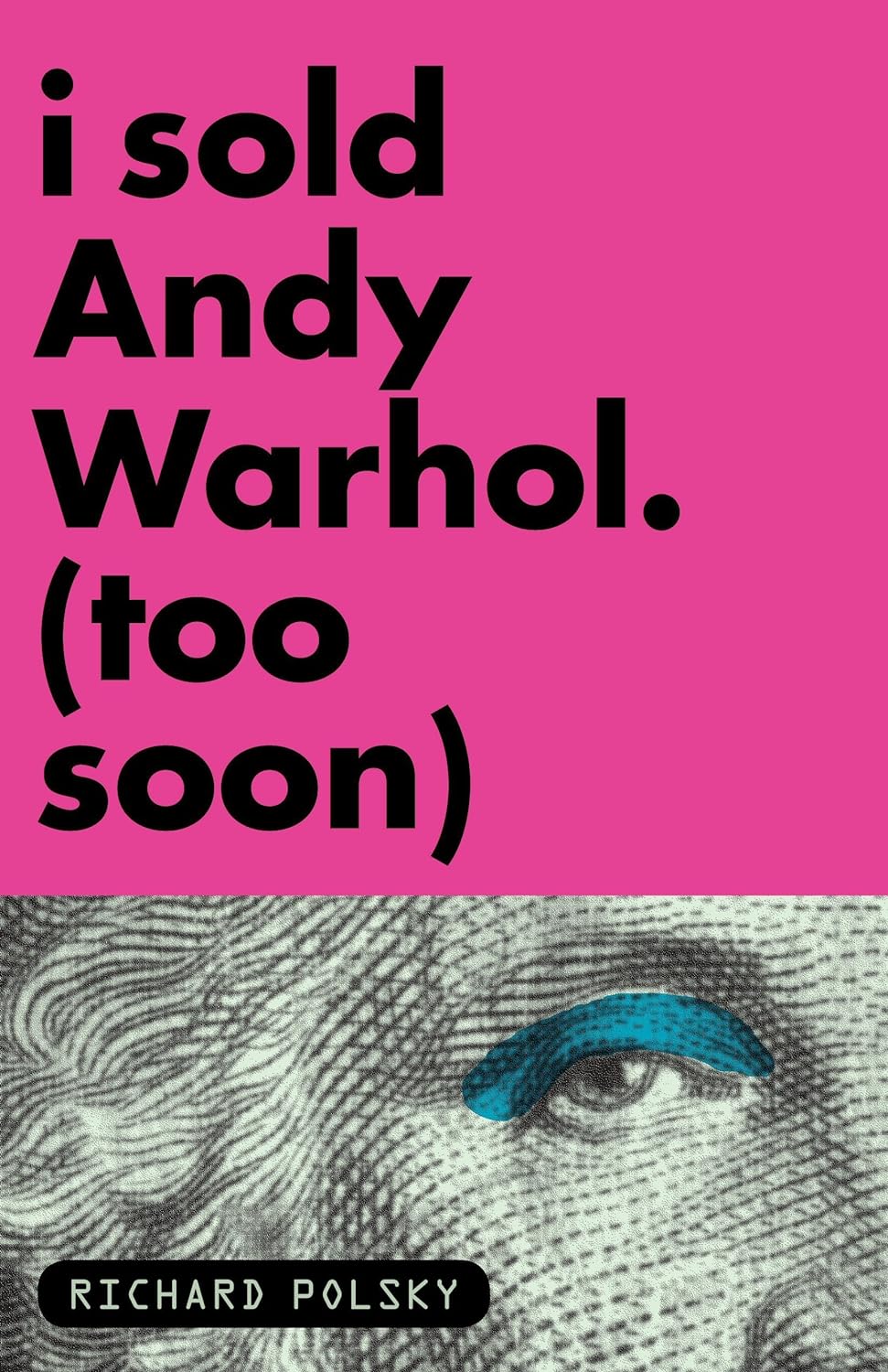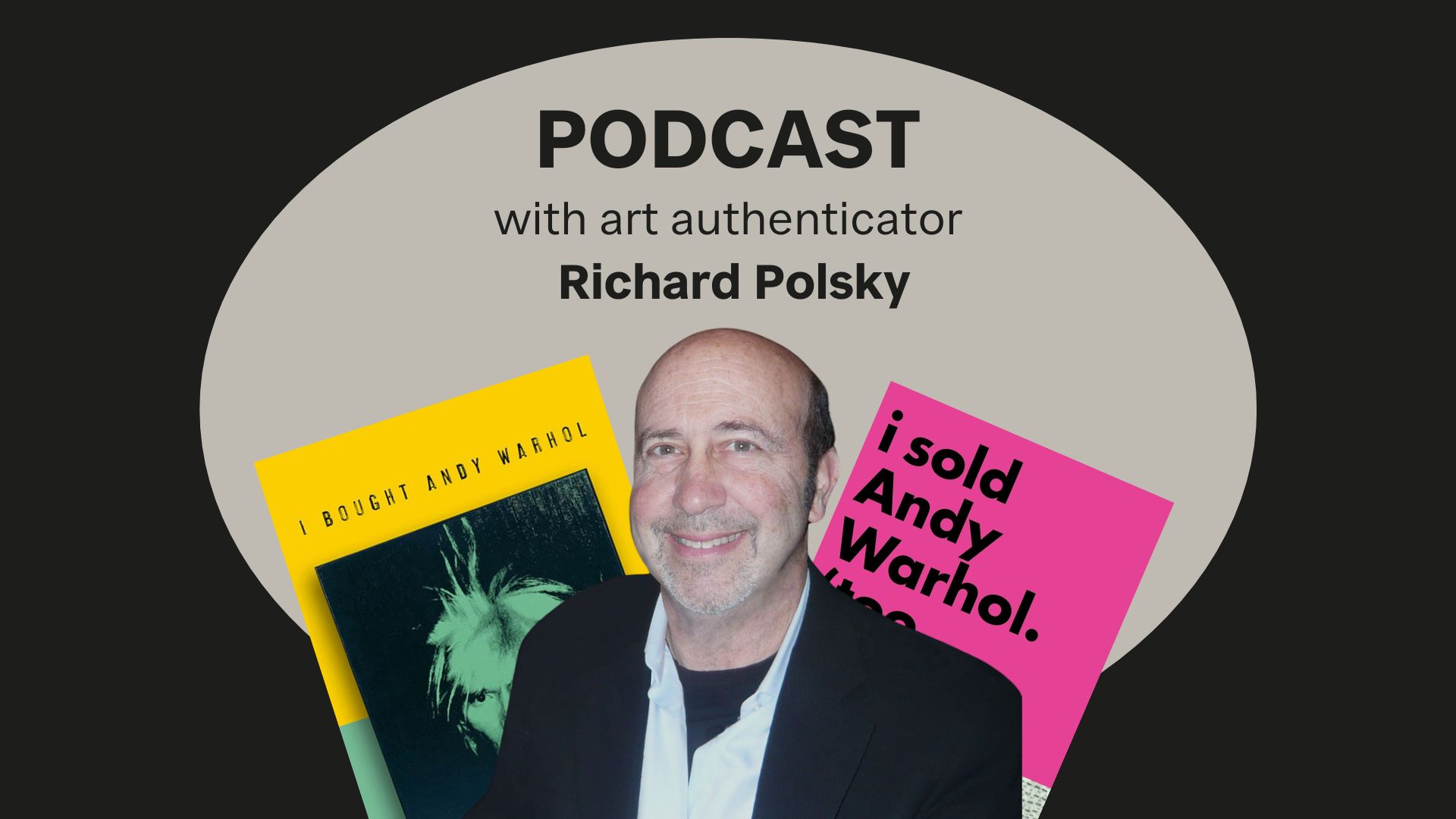
Q&A with art authenticator Richard Polsky: “Everything has become about investment.”
Richard Polsky, the founder of Richard Polsky Art Authentication, is one of the world’s leading experts on Andy Warhol, Jean-Michel Basquiat, and Keith Haring among other artists.
The author of The Art Market Guide, I Bought Andy Warhol, and I Sold Andy Warhol (too soon), Polsky launched the Andy Warhol Art Authentication Service after the Warhol Foundation shuttered its Art Authentication Board in 2011.
Art de Vivre spoke to Polsky to discover why Basquiat’s work is among the most counterfeited, what first-time buyers should look out for, and how he approaches authenticating works.
Could you start by telling us about how you came to set up Richard Polsky Art Authentication and became a world leading expert on artists like Andy Warhol?
I have two companies: Richard Polsky Art Authentication and Richard Polsky Art Fraud Prevention. We deal with art fraud as well as authenticating paintings. I started in 1978 in San Francisco, working at a gallery there, owned my own gallery, and then became a private dealer. But about eight years ago the art market changed radically:
it’s gone from the art world to the art market and everything has become about investment.
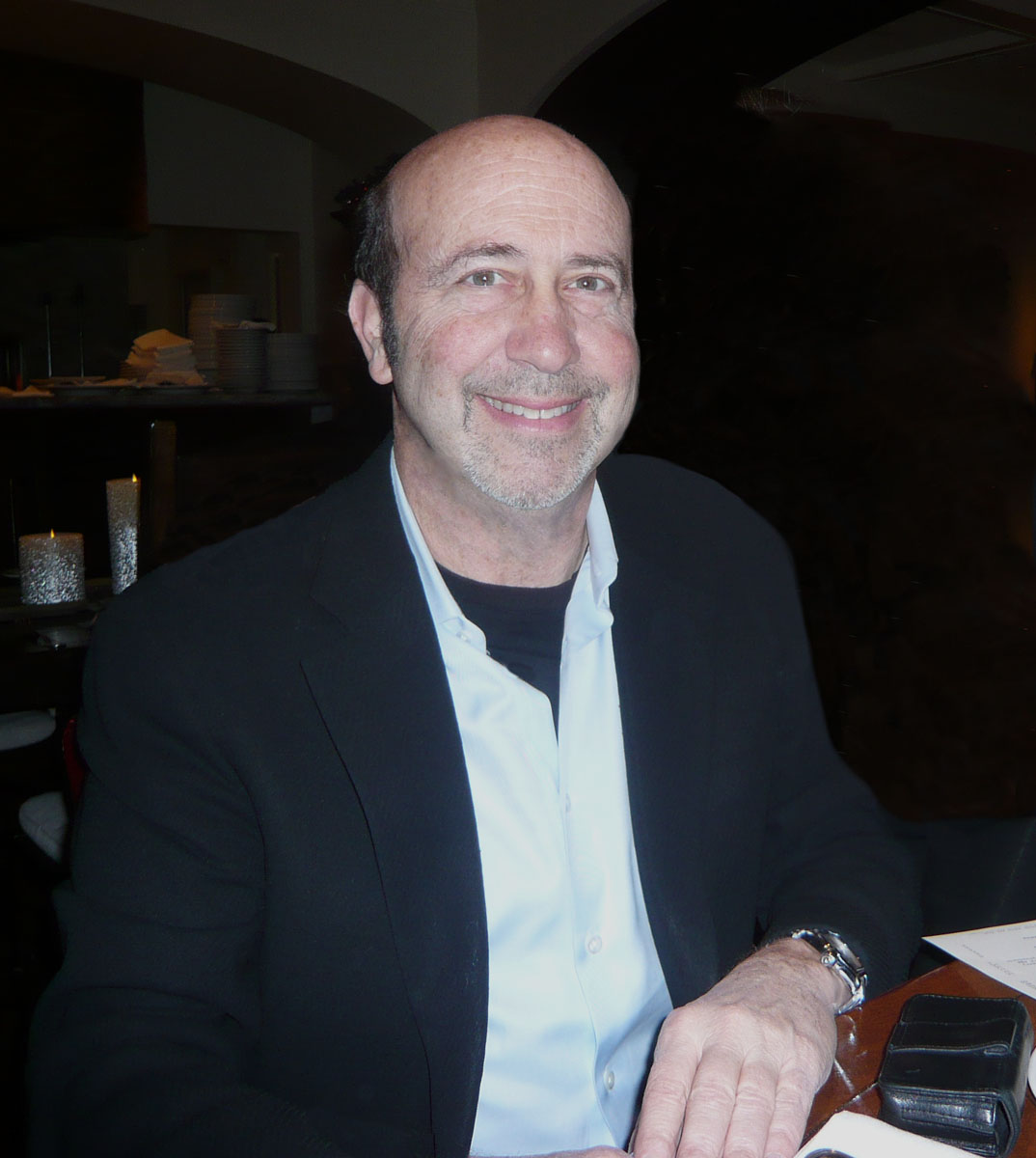 Richard Polsky
Richard PolskySo it felt like I was becoming more of a financial advisor than an art dealer. A problem arose: I couldn't get the material. Sotheby's and Christie's, the auction houses, would get everything. You couldn't compete unless you had millions of francs or dollars.
There was an art authentication board for the Andy Warhol estate, where anyone could go to them. If they decided it was a fake, they were allowed to take a rubber stamp with red ink, and stamped on the back of it, denied. Then it became worthless and they were often getting sued by collectors. It got so crazy that they said, ‘we’re done, no more art authentication’. And then it was like a domino effect, the art authentication board for the Basquiat estate, the Keith Haring estate, for Roy Lichtenstein's estate, it just went on and on. They all closed. This created an opportunity for me, because I knew a lot about the Warhol market and in art authentication. It’s a very simple business, actually. It's just two things: what does the object look like and what is its backstory? That's all it is.
Could you share some particularly challenging cases with us?
Sometimes people get very angry with you. I've had someone from the Middle East threaten to kill me, because they had a Basquiat painting they were going to sell for a lot of money. And I told him it was a fake and they said, we're going to get you, you're costing us money. Each case is unique. It is always interesting, because it is an intellectual challenge.
Somebody has a Warhol painting of Chairman Mao. When Warhol did these in 1972 and 1973, America was not talking to China. And yet, Richard Nixon went to China and talked to Chairman Mao, and they agreed to open up trade and speak to each other again, and Warhol always had his fingers on the pulse of what was going on in the world. He always just sensed what was happening. And sure enough, he decides to do this great series of paintings. So when you authenticate it's important to understand the context that art was created in.
But, you know, one of the funnier things is with the Basquiat market. A lot of the provenances that people give to me, and this is always with a fake, is that it came from a drug dealer. Yes, it was known that Basquiat had a drug problem, and yes, early on he occasionally made a trade, here's a painting for some heroin or something. Those things did happen, there's some truth to it. But with all the people that have come to me saying these paintings come from drug dealers, you would think Basquiat had no time to paint. He was always making trades with drug dealers. So I have to take it very seriously and like a judge in a courtroom, weigh the evidence.
So you're now talking about questionable provenance, right?
Provenance is a big part of it. But we live in a world where art has become so valuable.
And the more valuable the art becomes, the more problems there are. It becomes worth someone's while to fake it.
 Richard Polsky
Richard PolskyThere's a movie on Netflix, a documentary called Made You Look. This is the story about the Knoedler Gallery scandal. For 10 years, Knoedler was one of the biggest galleries in New York City and they started selling fake Mark Rothko paintings, fake Jackson Pollock's, fake Robert Motherwell's. And the problem was because Knoedler had such a big reputation, people trusted them. They were giving good deals on these paintings too, which should have been a red flag because there are no deals in the art world. You're paying what you should be paying. Somebody sued Knoedler and it got so bad, they had to close the gallery.
The reason the art world attracts so much bad behaviour is because it's unregulated. There are no rules. There are no laws. You could wake up and say:
I don't want to do this anymore. I'm going to be an art dealer. I'm going to open my own gallery.
All you have to do is find a space, paint the walls white, put a plant in the corner, hang some pictures, and you're in business. The public has no idea. Are you honest? Do you know art history? Do you have good taste? So, in a way, it's not a serious business. It's more of a lifestyle. People become art dealers because they can afford to. They have money. Anyone can become an art dealer because you don't have to pass a test.
It sounds like art authenticators have to play a crucial role in preserving the integrity of the art market.
If you want to buy or sell a painting, the first thing you need to know is, is it real? That's true of anything that's collectible. Comic books, coins, stamps, it better be real. But what I do is very unusual because there are a lot of appraisers out there, who will tell you what a painting is worth. But there may be five people in the world who do what I do, maybe less. I mean, for contemporary art, for renaissance paintings and Modigliani there are several people who do that.
In that case, what would your advice be to a first time art buyer to protect themselves from art fraud?
You have to know who you're dealing with. Here in America we have a lot of people go on eBay and they buy art. It's terrible. It's important to work with dealers, galleries, who have a good reputation and have been in business for a long time. It's a funny expression, but if it seems too good to be true it probably is.
Nobody gives you a good deal in the art business. A good deal is a fair deal.
 Richard Polsky
Richard PolskyIf it's in that ballpark, comes from a reputable gallery or auction house, and it's of good quality, you're safe.
You launched the Andy Warhol Art Authentication Service in 2015 after the Warhol Foundation decided to close its authentication board to avoid lawsuits. Have you faced any challenges authenticating Warhol works (you say you have a sixth sense!)
If you immerse yourself in a world, in a business, you become good at it over time because you've experienced so many situations, problems, good things, bad things. You just know it after a while. This is what it is because I have looked at so many Warhol paintings in my life. I have owned Warhol paintings. I did a Warhol show at my gallery in San Francisco. I've written books about this. I've seen so many paintings in museums, galleries, and auction houses. Eventually, it becomes etched on your brain. You just know it. It doesn't mean I can't make a mistake, but I have a feeling. And that's what I mean by Sixth Sense.
So how many fakes of Warhol have you come across?
There are a lot of fakes, because Warhol's technique was the photo silkscreen, and it's a mechanical technique, which means if you know how to make a silkscreen, you can make a Warhol. And this is when you get into provenance. What people don't understand about Warhol is even though he would do a series, they all were the same image, but no two were alike. Warhol paintings have a handmade quality.
Someone once asked me, how do you learn about art? And I said,
it's like learning about fine wine: you have to drink a lot to learn about wine. Well, with art, you got to look a lot.
 Richard Polsky
Richard PolskyIt's not complicated, but you have to put the work in.
As we bring this written exchange to a close, remember, this was just half the talk. The full depth of our conversation awaits you in the podcast. Join us there to explore the complete dialogue and discover even more enriching insights by Richard Polsky!
This article has been condensed and edited for clarity and brevity.
Explore further as an Art de Vivre subscriber! Delve into the novels that sparked the inspiration for your beloved films and series.

